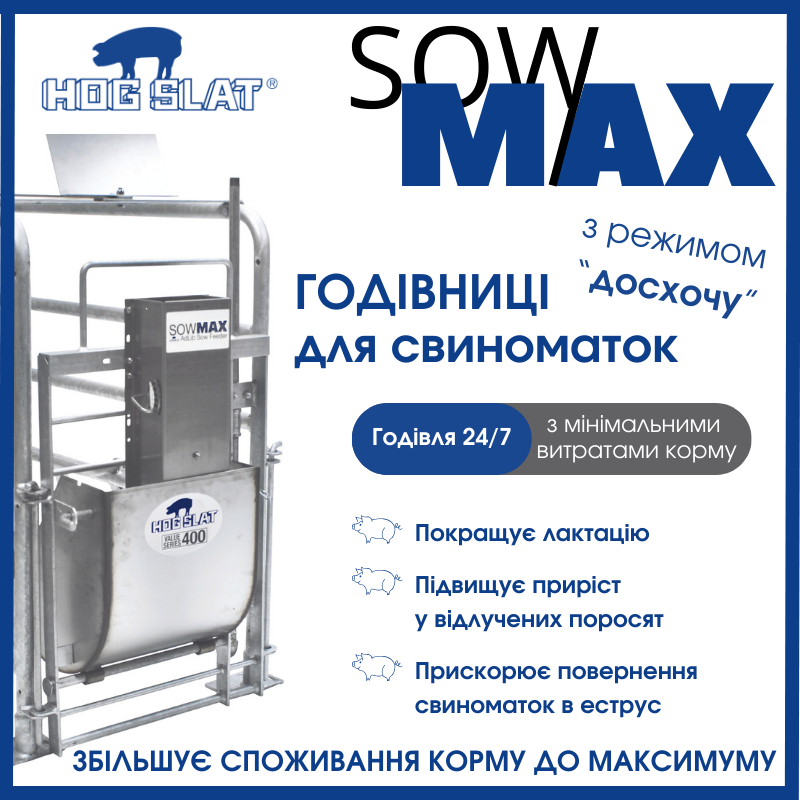According to McKeon, the Irish pig sector consumes around 1.2 million tonnes of feed annually, a significant share of which consists of grains. The most commonly used grains remain:
- barley — 480,000 tonnes,
- wheat — 360,000 tonnes,
- maize — 120,000 tonnes.
Although rye has been widely used in Danish pig diets for many years, Irish producers have historically avoided it due to the risks of ergot contamination — a fungal disease that produces toxic sclerotia on grain and poses health risks to both animals and humans.
However, modern breeding programmes have significantly reduced these risks, creating new opportunities for rye as a feed grain in Ireland.
A controlled experiment was conducted at Teagasc’s Pig Research Facility to assess the impact of rye on the performance of finisher pigs. Pigs weighing between 30 and 120 kg were included in the trial. Their diets incorporated rye at different replacement levels: 0%, 20%, 40%, and 60%.
All diets were balanced for net energy and digestible amino acids, with a traditional wheat–barley diet serving as the control.
The results showed:
- no statistically significant differences in feed intake;
- no changes in liveweight gain;
- unchanged feed conversion ratio — even with 60% rye inclusion.
The study’s lead scientist, Dr Peadar Lawlor, emphasized that rye can safely replace a substantial portion of barley in finisher pig diets without negatively affecting performance.
From a nutritional perspective, rye provides:
- a comparable energy level,
- a similar amino acid profile,
- potentially lower market costs.
For rye to be adopted more broadly in commercial pig feed, the industry must take additional steps, including:
- ensuring a stable grain supply;
- monitoring ergot and mycotoxin levels;
- adhering to proper storage and handling protocols;
- maintaining price competitiveness.
Teagasc experts stress that with proper market organization, rye can become a cost-effective alternative to imported or more expensive grains, helping to reduce production costs and enhance the resilience of Ireland’s pig sector.
PigUA.info based on materials from pigprogress.net



